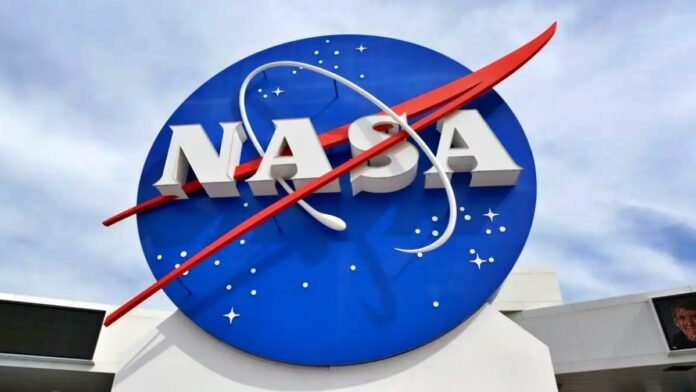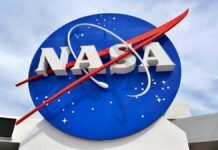
Key Points
- More than 2,000 senior NASA employees are set to leave as part of the largest workforce reduction in decades.
- Budget cuts of nearly 25% under the Trump administration are driving the layoffs, with all 10 NASA centers affected.
- Critical missions, including Artemis lunar and Mars programs, are at risk due to the loss of experienced staff.
- Leadership vacuum at NASA: The agency is currently without a permanent administrator after the withdrawal of Jared Isaacman’s nomination.
- Experts warn of a “brain drain” that could undermine U.S. leadership in space exploration.
Washington D.C.: In a move that is sending shockwaves through the scientific community, NASA is preparing to lay off more than 2,000 senior employees following sweeping budget cuts ordered by the Trump administration. The reduction affecting staff from GS-13 to GS-15 grades targets some of the agency’s most experienced scientists, engineers, and managers, many of whom have dedicated decades to advancing U.S. space exploration.
Who Is Affected?
- 2,145 senior-level employees are slated for departure, including 875 at the GS-15 level, which is reserved for top management and technical experts.
- 1,818 of those leaving are directly involved in core science and human spaceflight missions.
- The cuts are spread across all 10 major NASA centers, with the largest losses at Goddard Space Flight Center (607 staff), Johnson Space Center (366), Kennedy Space Center (311), and NASA Headquarters (307).
How Are Layoffs Being Implemented?
The Trump administration is utilizing a mix of early retirement offers, voluntary buyouts, and deferred resignation incentives to encourage staff reductions. Employees have until July 25, 2025, to accept these offers. If voluntary departures fall short, further involuntary cuts may follow.
Impact on NASA’s Missions and U.S. Space Leadership
Major Missions Under Threat
The loss of seasoned personnel is expected to disrupt several high-profile programs, including:
- Artemis lunar missions
- Mars Sample Return project
- Earth observation and climate-monitoring initiatives
Experts warn that the “brain drain” could delay or derail these missions, potentially ceding U.S. leadership in space to international competitors like China.
“You’re losing the managerial and core technical expertise of the agency,” said Casey Dreier, chief of space policy at The Planetary Society.
NASA’s Response
NASA spokespersons have emphasized that the agency remains committed to its core missions and is working to prioritize projects within the constraints of a reduced budget. However, internal memos reveal deep concern about the loss of institutional knowledge and the agency’s ability to deliver on its ambitious goals.
Leadership Vacuum Compounds Uncertainty
NASA is currently without a permanent administrator. The Trump administration abruptly withdrew the nomination of billionaire entrepreneur and private astronaut Jared Isaacman, who had been proposed by Elon Musk. The White House cited the need for a leader fully aligned with the “America First” agenda, but the move has left NASA’s leadership in limbo at a critical juncture.
Why Is This Happening? The Politics Behind the Cuts
The workforce reduction is part of a broader Trump administration strategy to streamline federal agencies and cut government spending. The proposed 2026 budget slashes NASA funding by nearly 25%—the largest single-year cut in the agency’s history—and reduces the workforce by almost one-third, shrinking NASA to its smallest size since the early 1960s.
The cuts are particularly severe for science and research programs, with funding for scientific missions facing a 47% reduction. Several planned missions, including the Nancy Grace Roman Space Telescope and Venus exploration projects, are at risk of cancellation.
What’s Next for NASA?
With the deadline for voluntary departures looming and no permanent administrator in place, NASA faces a period of profound uncertainty. Congressional negotiations over the final budget are ongoing, and the agency may be forced to scale back or delay key missions unless private contractors like SpaceX and Blue Origin can fill the gap.
Industry observers and labor unions are sounding alarms that the cuts could permanently damage NASA’s reputation and the nation’s status as a space superpower.
NASA’s historic layoffs, driven by deep budget cuts and political maneuvering, threaten to undermine decades of progress in space exploration. As the agency faces an exodus of expertise and a leadership vacuum, the future of America’s most ambitious space missions hangs in the balance.















































